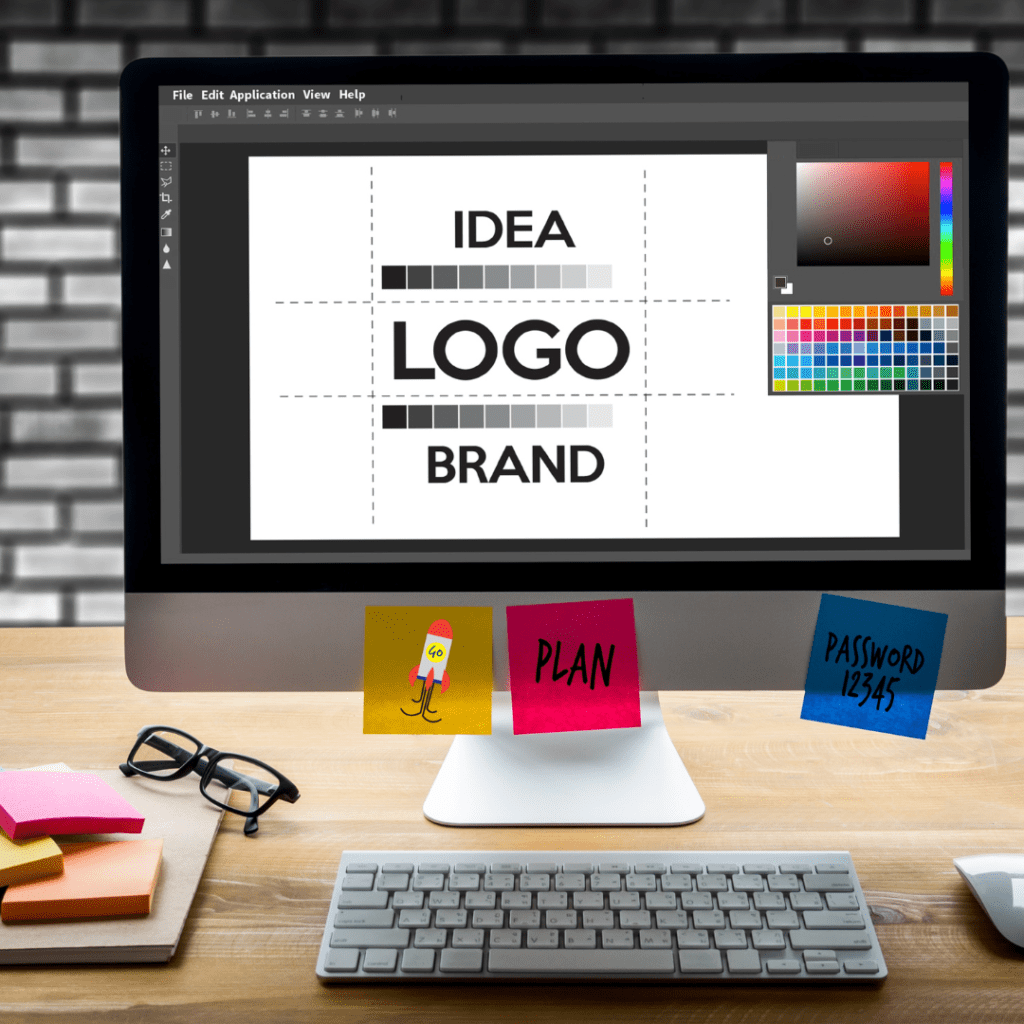The Importance of High-Quality Logos: Why SVG Format is a Game Changer for Web Design

In the competitive digital landscape, your logo is more than just a visual identifier. It’s a crucial element that encapsulates your brand’s identity, values, and professionalism. One of the most impactful ways to ensure that your logo stands out and performs optimally across all platforms is by using Scalable Vector Graphics (SVG) format. Here’s why adopting high-quality logos in SVG format is a game-changer for your web design strategy.
1. Scalability Without Compromise
One of the standout features of SVG files is their scalability. Unlike raster images (JPEG, PNG), SVGs are vector-based, meaning they can be resized to any dimension without losing quality. Whether your logo is displayed on a small mobile screen or a large billboard, it will always appear crisp and clear. This adaptability ensures your brand maintains a professional appearance regardless of the viewing device.
2. Superior Quality
SVG logos are defined by mathematical equations rather than pixels, which means they are not subject to distortion or pixelation. This results in superior image quality, ensuring that every curve, line, and color of your logo is rendered perfectly. The visual integrity of your brand is preserved, providing a consistent and polished look across all platforms.
3. Performance Optimization
Website performance is a critical factor for user experience and search engine ranking. SVG files are typically smaller in size compared to raster images, leading to faster load times. This lightweight attribute not only enhances the user experience but also contributes to better SEO performance. Faster-loading sites reduce bounce rates and improve overall engagement, which can positively impact your search engine rankings.
4. Responsiveness and Adaptability
In today’s multi-device world, having a responsive logo is essential. SVG files are inherently responsive, meaning they can adapt to different screen sizes and resolutions without requiring multiple versions of the logo. This flexibility simplifies the design process and ensures a seamless visual experience for users, regardless of the device they are using.
5. Easy Customization and Animation
SVGs are easily editable with graphic design software, allowing for quick and simple customization. Additionally, because SVGs are XML-based, they can be manipulated using CSS and JavaScript for dynamic animations and interactions. This capability opens up a world of creative possibilities, enabling web designers to create engaging and interactive logo animations that capture users’ attention.
6. Cross-Browser Compatibility
SVG files are widely supported across all modern web browsers. This compatibility ensures that your logo will display correctly for all users, no matter what browser they are using. By employing SVG format, you eliminate the risk of inconsistent logo rendering, which can detract from your brand’s professionalism and cohesion.
7. Future-Proofing Your Brand
As technology evolves, so do the standards and practices in web design. SVG is a future-proof format that aligns with modern web standards. By adopting SVG logos, you are ensuring that your brand remains up-to-date with current technologies and trends, safeguarding your logo’s relevance and functionality in the long term.
Conclusion
Incorporating high-quality SVG logos into your web design strategy is not just a trend, but a necessity for any business serious about its online presence. The advantages of SVG—scalability, superior quality, performance optimization, responsiveness, easy customization, cross-browser compatibility, and future-proofing—make it the optimal choice for modern web design. By leveraging the power of SVG logos, you can ensure that your brand is presented in the best possible light, creating a lasting and positive impression on your audience.